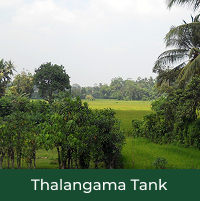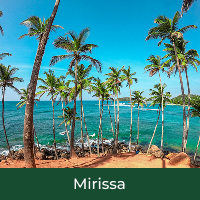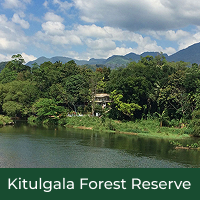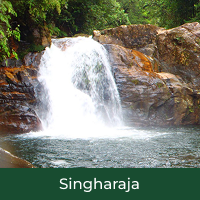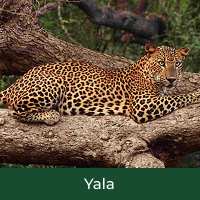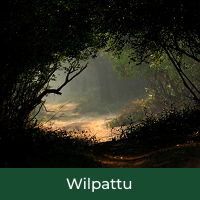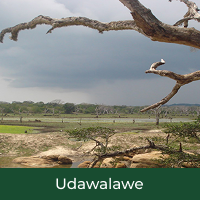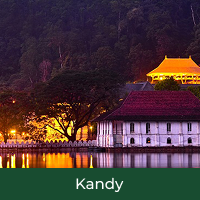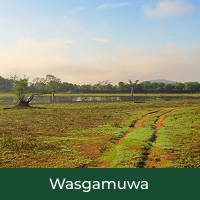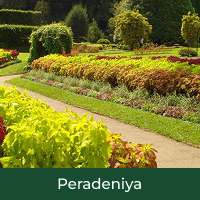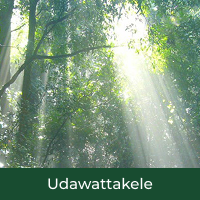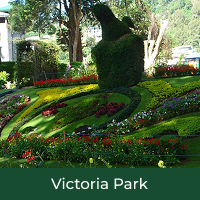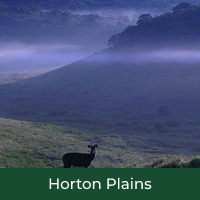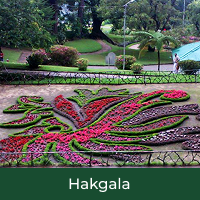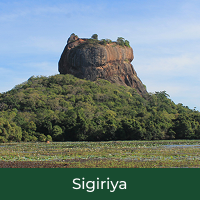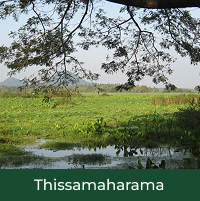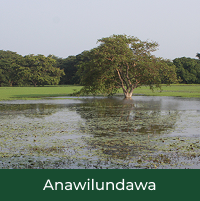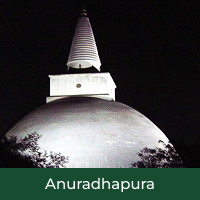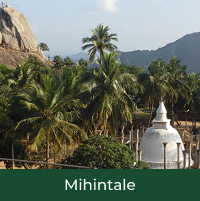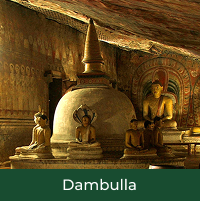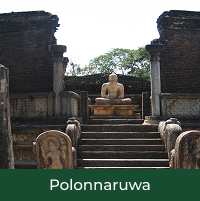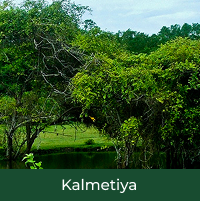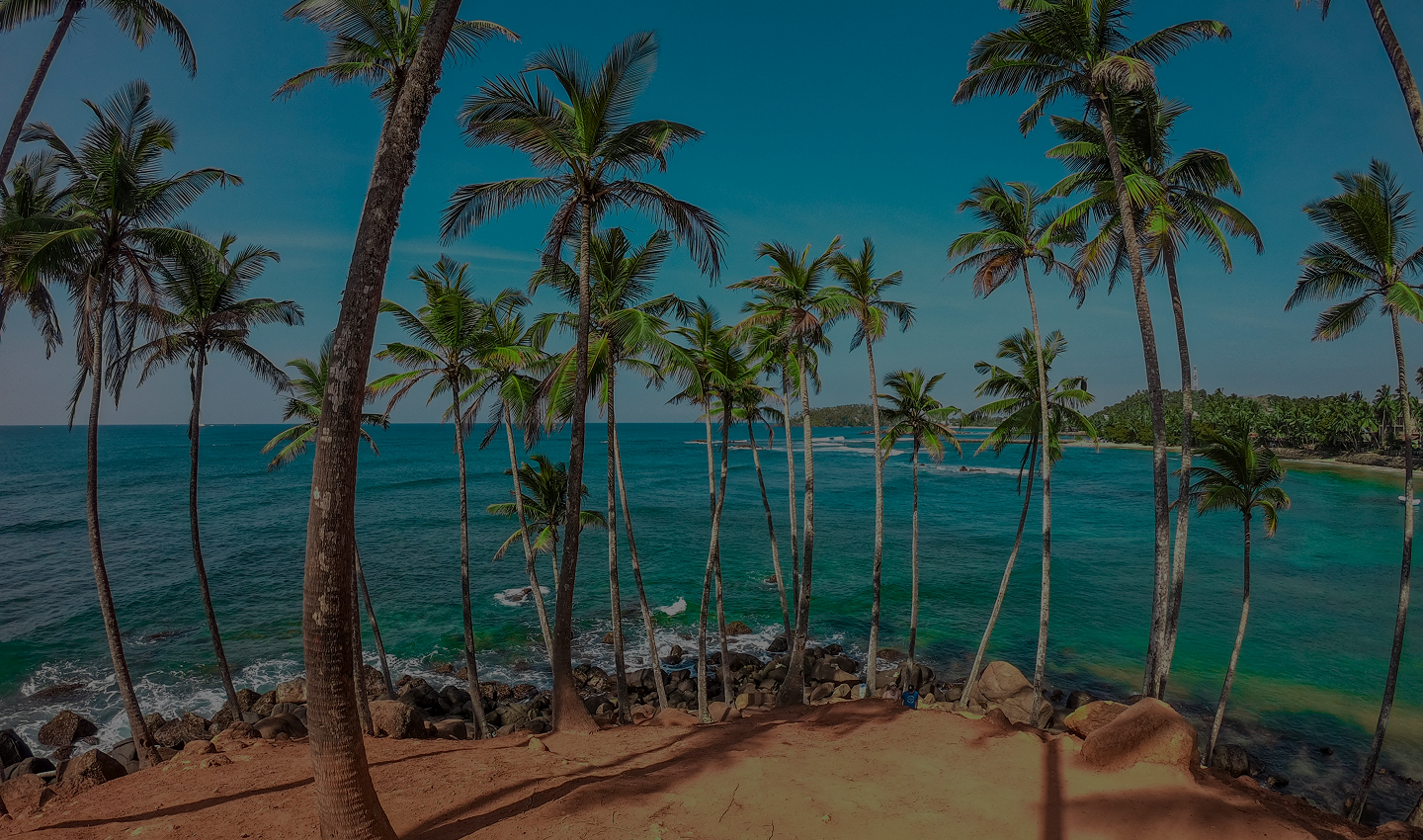
Mirissa
Mirissa and its breathtaking sandy beach pretty much transform your dreams and visions of a tropical paradise into an everyday reality. Located close to the Southern tip of the Island of Sri Lanka and only about 200 km from the Equator, this secluded crescent shaped beach is the perfect place to sit back, relax and forget about all the hustle and bustle of your other life that’s a million miles away.
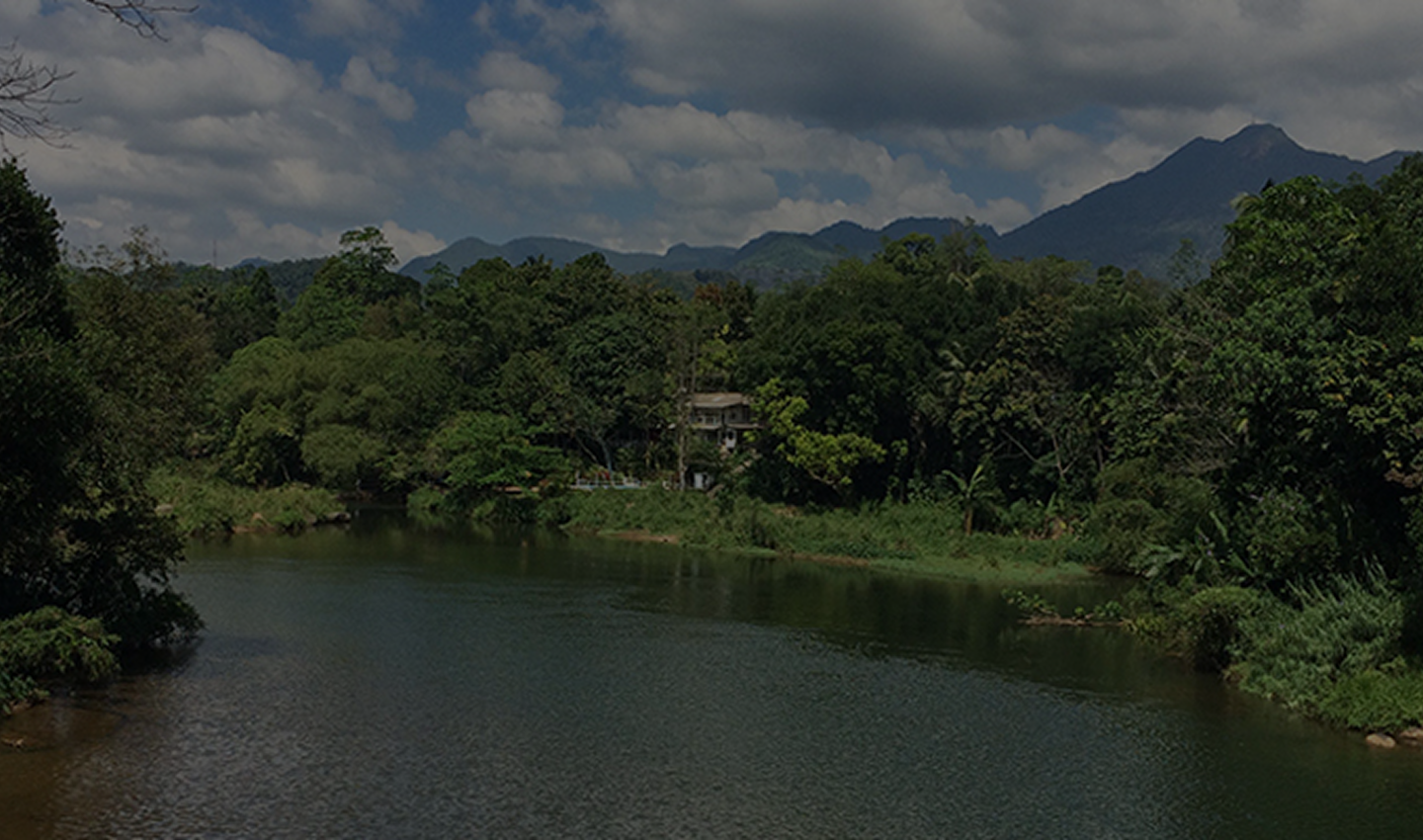
Kitulgala Forest Reserve
Home to many endemic fauna and flora of Sri Lanka, this secondary rainforest is the guardian of the mighty Kelani River. If you are looking for Sri Lankas most sought bird the Serendib Scops-Owl then this is the location for you. Apart from fauna and flora Kitulgala is the number one spot for white water rafting for the adventure seeker.
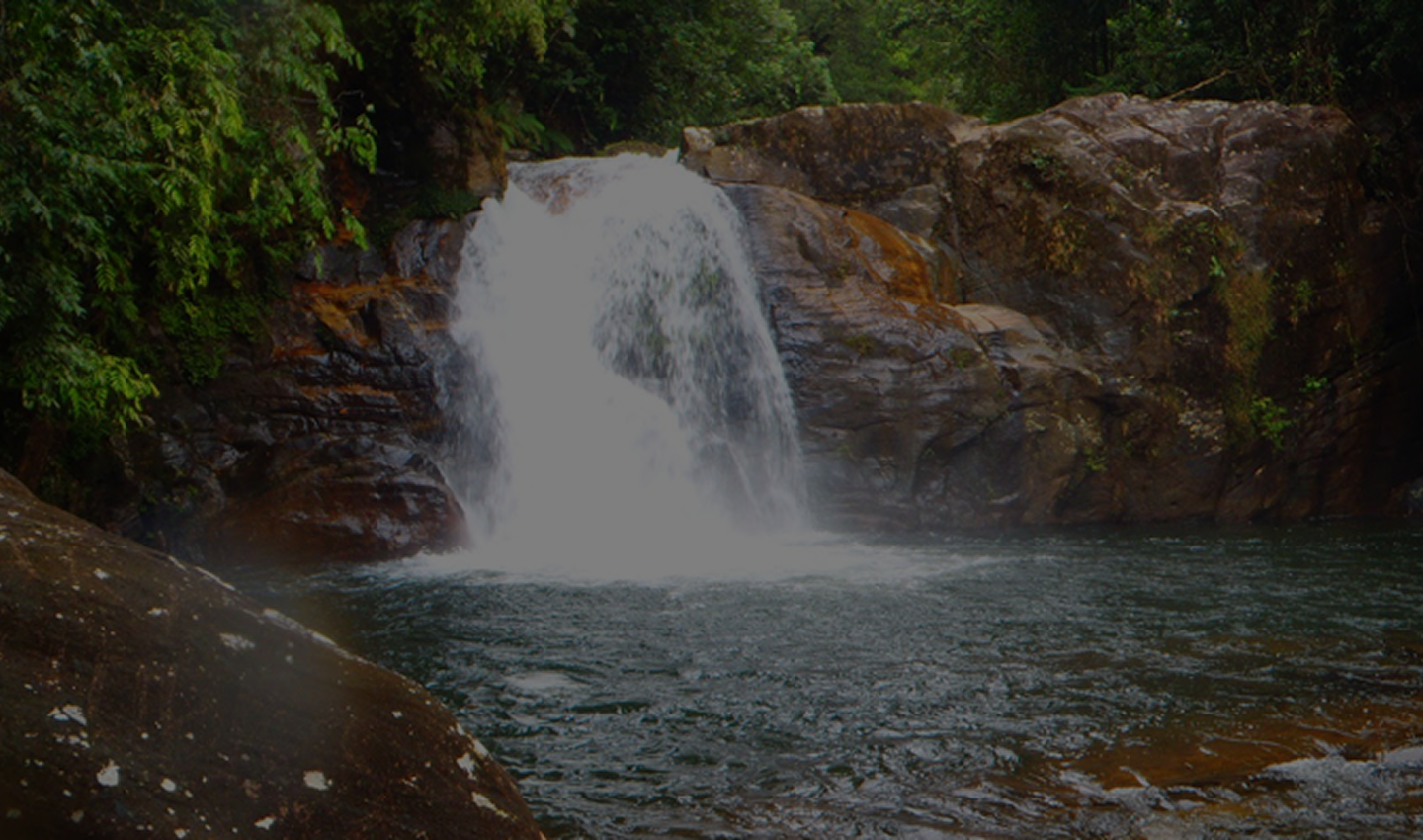
Sinharaja Rain-forest
The treasure chest of biodiversity and endemism, Sinharaja is the last remnant of a lowland virgin rain-forest in whole of south Asia. Constantly under the threat urbanization this beautiful rain-forest has stood its ground and has become one of Sri Lanka’s most sought rain-forest for the diverse rain-forest birds and the islands endemics.
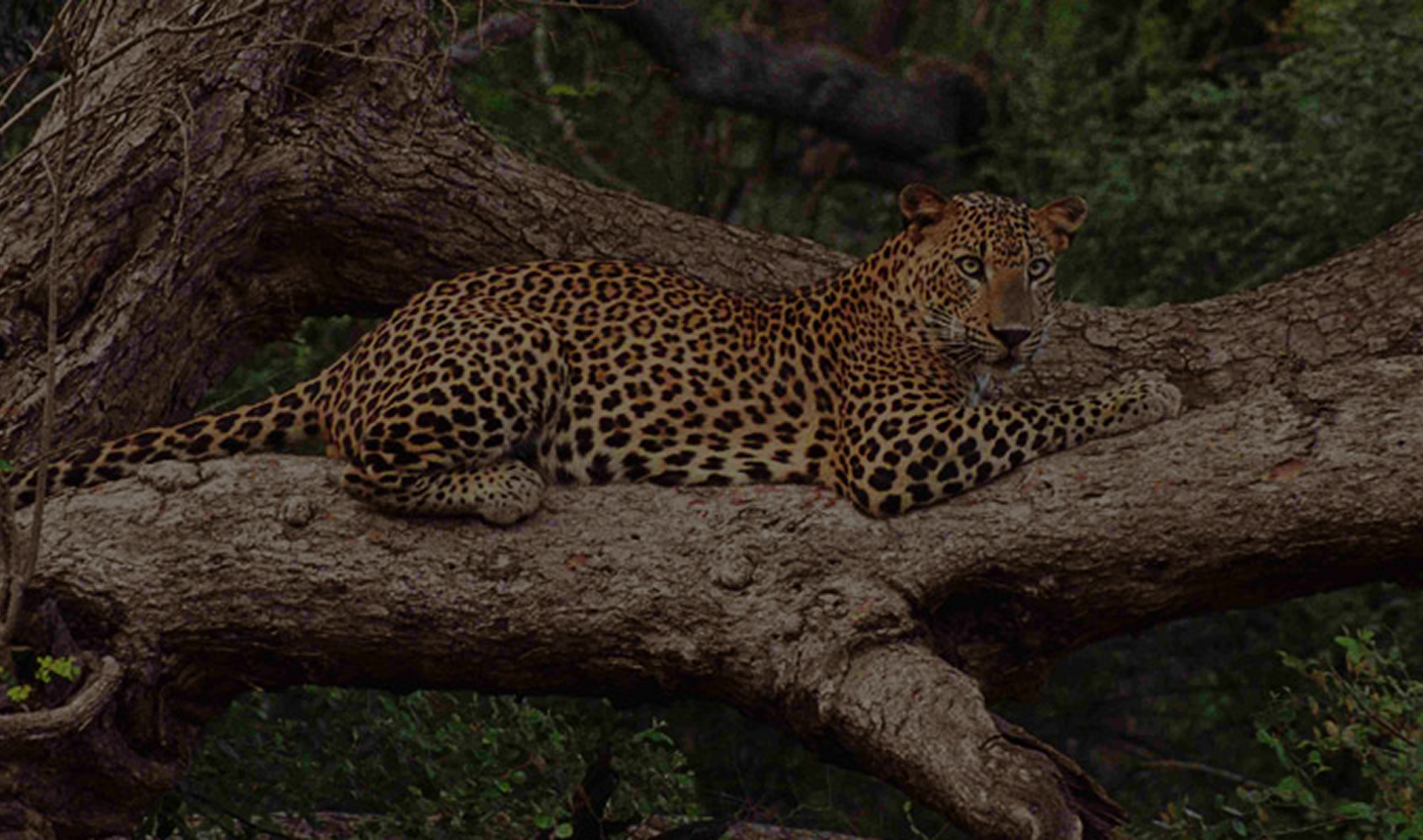
Yala National Park
Yala is among the oldest and best known National Park in Sri Lanka. It is about 1297 sqkm or 129,700 ha. It is the largest accumulation of protected areas in the country. The diverse ecosystems ranging from Moist Monsoon Forest , to Dry Monsoon Forests, Semi Deciduous Forests, Thorn forests, Grasslands, fresh water & marine wetlands, and sandy beaches, possesses a large number of important plant species and smaller animals.
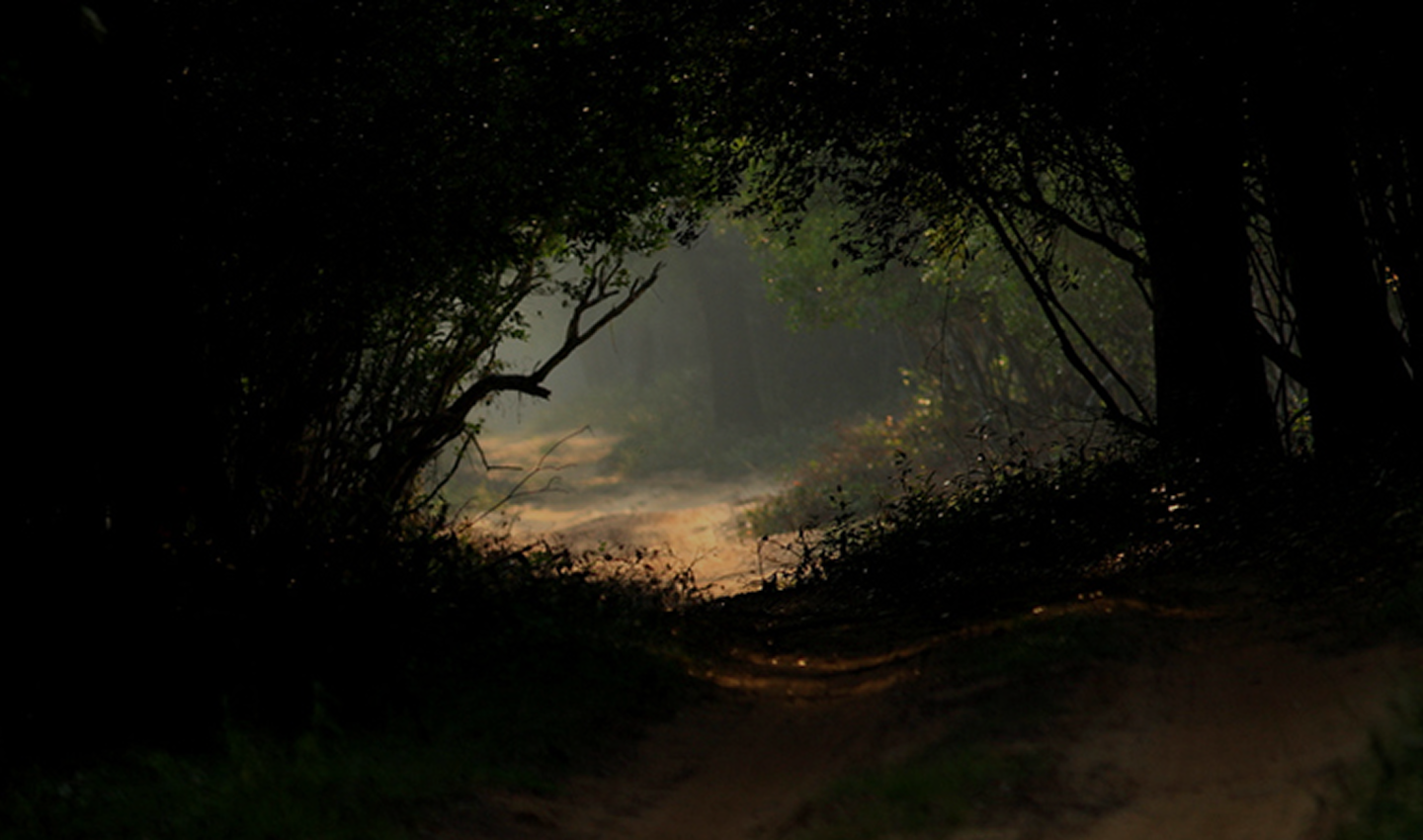
Wilpattu National Park
Wilpattu National Park (Willu-pattu; Land of Lakes) is a park located in the Northwest coast lowland dry zone of Sri Lanka. . The unique feature of this park is the existence of “Willus” (Natural lakes) – Natural, sand-rimmed water basins or depressions that fill with rainwater. The park is 131, 693 hectares and ranges from 0 to 152 meters above sea level. Nearly sixty lakes (Willu) and tanks are found spread throughout Wilpattu. Wilpattu is the largest and one of the oldest National Parks in Sri Lanka
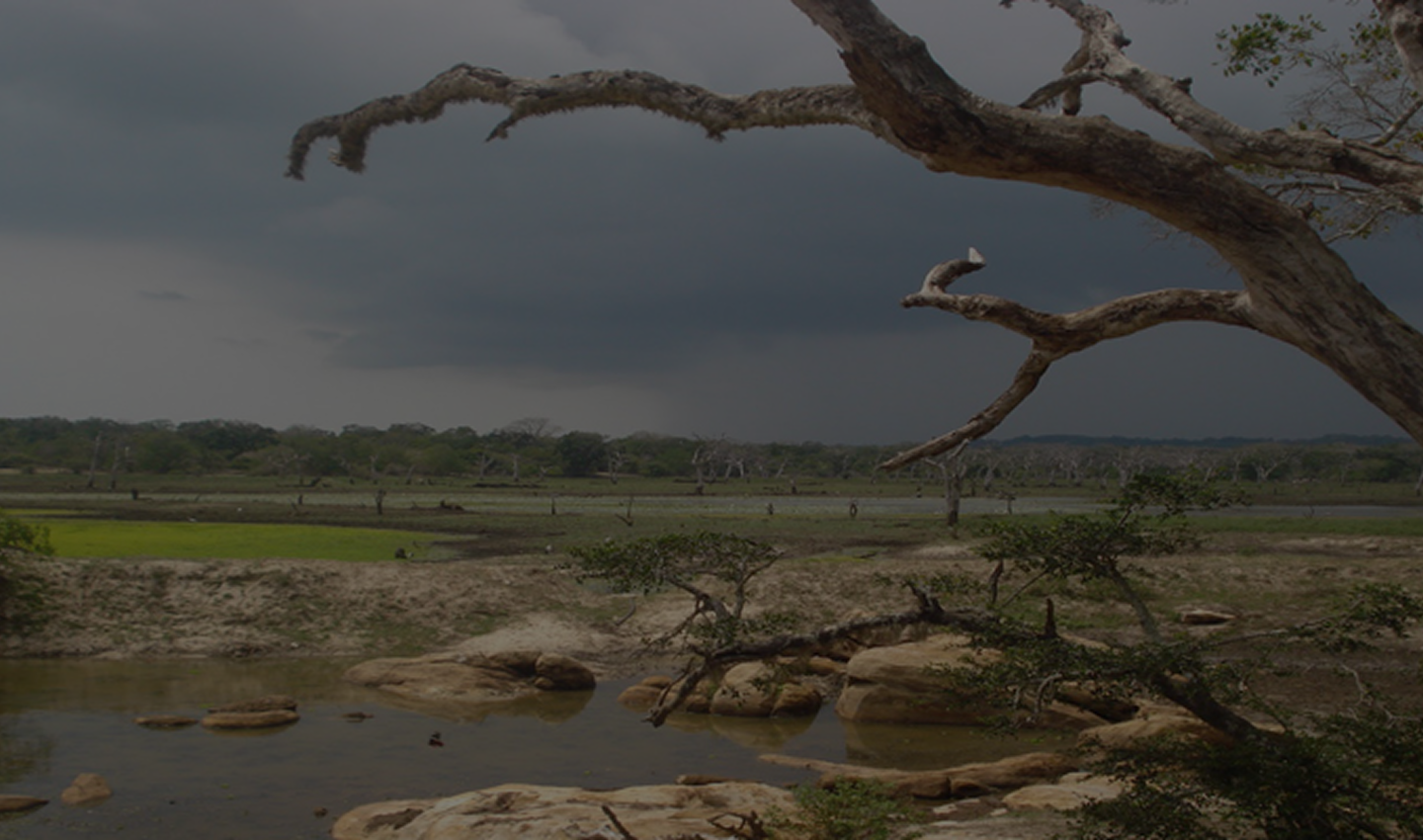
Udawalawe National Park
The land of the elephants, Udawalawe’s mountains look down on the vast spreading reservoir which is home to many fauna and flora. This beautiful landscape is a sanctuary for wild animals which were displaced during the construction of the Udawalawe reservoir.
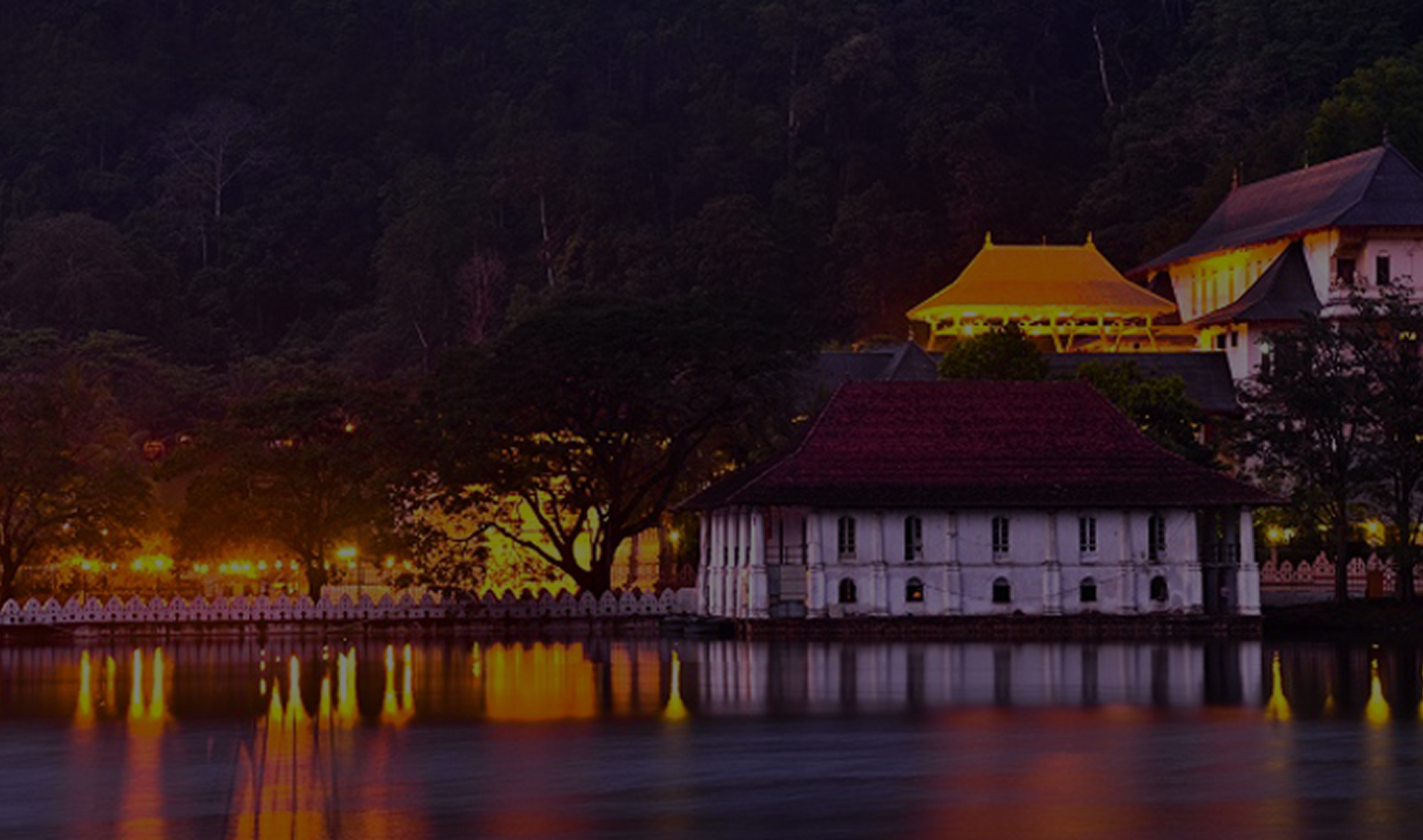
Kandy
Kandy, the last royal capital of Sri Lanka is a major tourist destination. Famous for the Temple of the Tooth and many other temples the city could be called the cultural capital of the island. Kandy Perahera, the pageant of the temple of tooth where Buddha’s tooth is kept is held either in July or August each year to parade the golden casket is a must see itinerary if one is visiting Sri Lanka during these months. The final night procession is the most spectacular event of the country. More than 50 elephants parade the city accompanied by the drummers, dancers and chieftains.
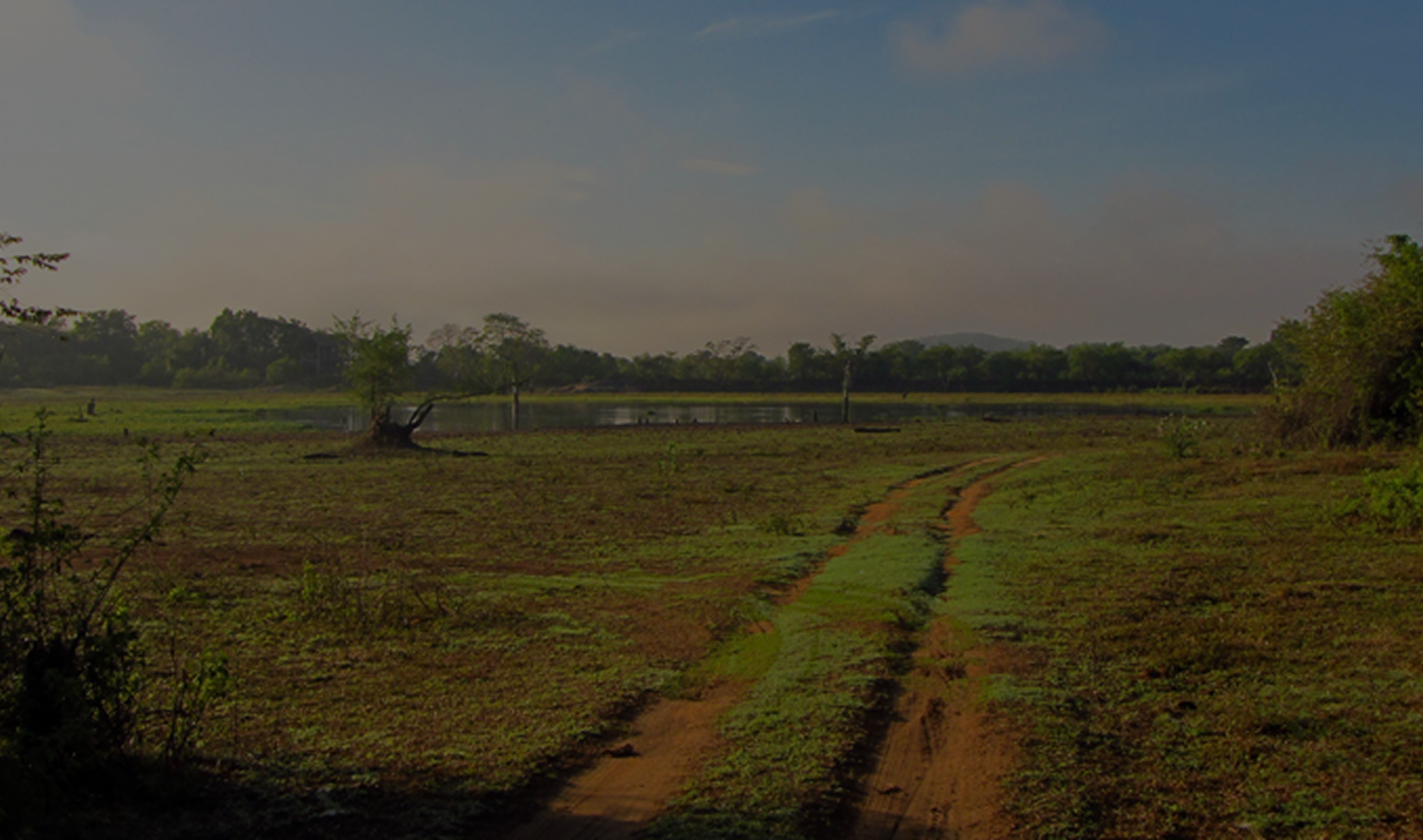
Wasgamuwa
The accelerated Mahaveli Development Project resulted in the clearing of vast areas of forest and thus depriving many species of wild life of its homelands. This park was established to conserve the bio diversity of this area which was affected by this project. It was declared as a National Park in August 1984 and the total area of the park is 33,766 hectares. The vegetation is tropical dry mixed evergreen forest with large open plains.
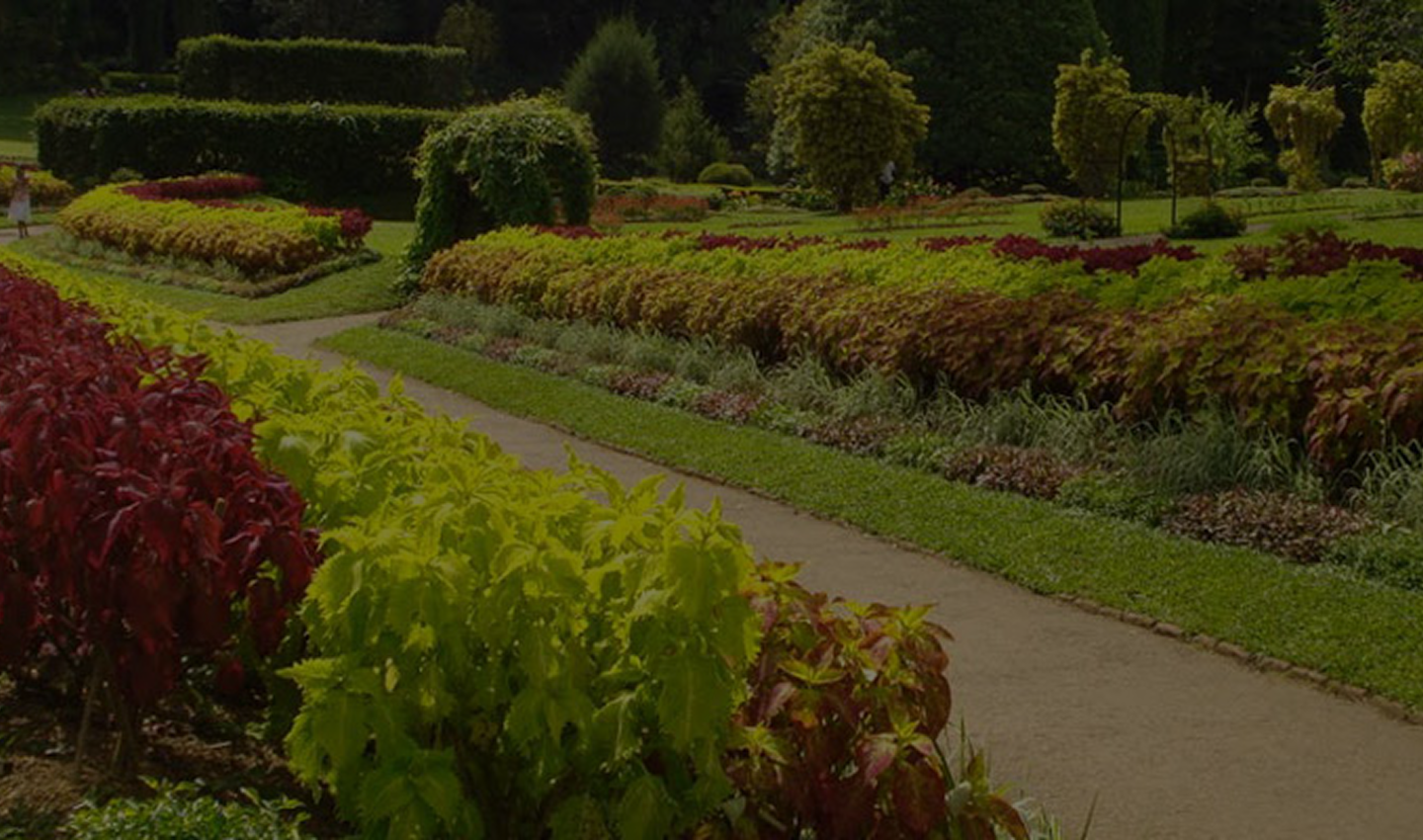
Royal Botanical Gardens, Peradeniya
Site of the world-famous National Herbarium and sanctuary for over 4000 plant species, this historic garden, established in 1821, covers 147 acres in the old royal capital of Kandy. This popular public park is bordered on one side by the University Of Peradeniya and on the other by the Mahaweli River.
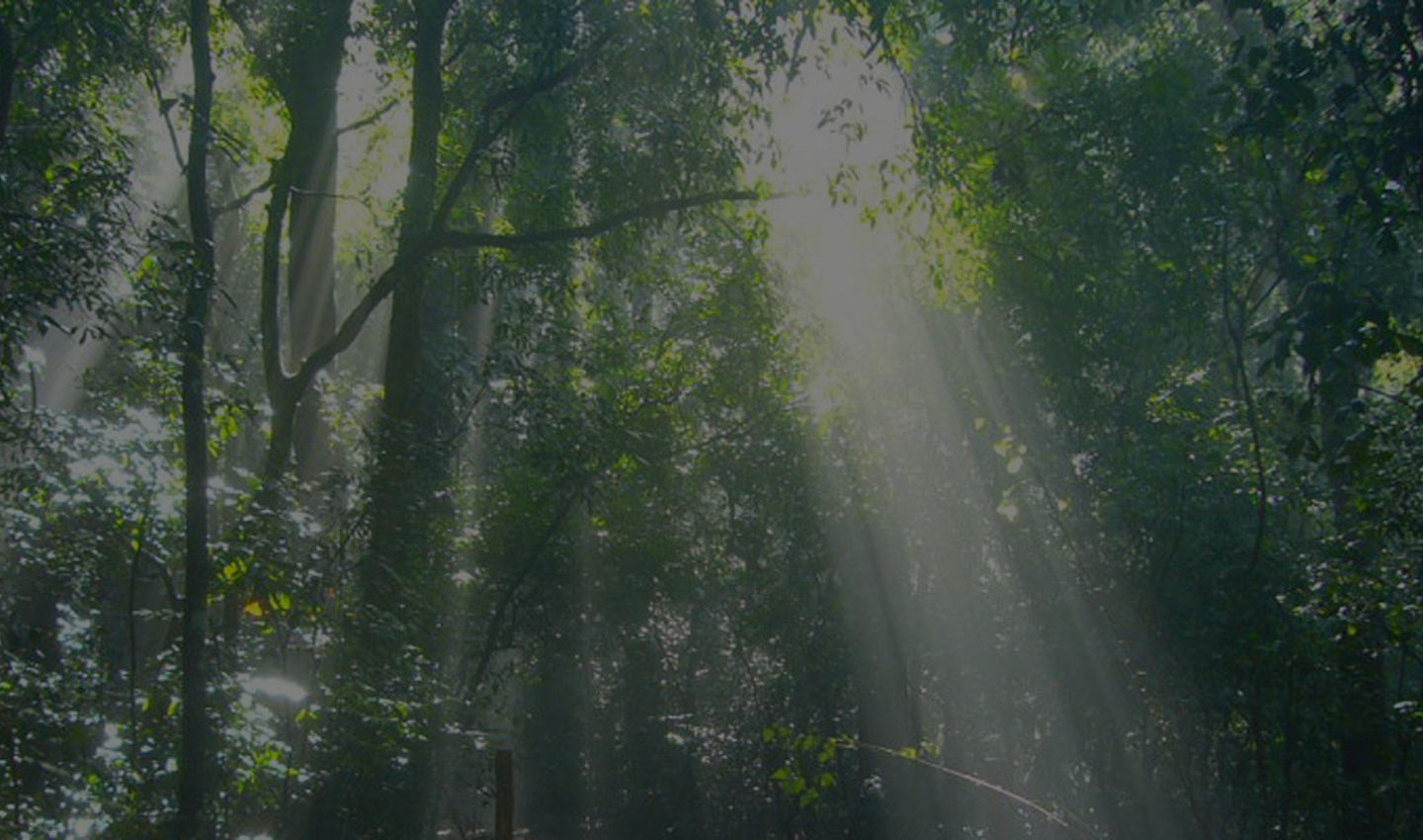
Udawattakele Sanctury
104 hectares of this forest has been declared as a sanctuary and is protected as a Forest Reserve by the Forest Department. This is a very popular site with the birders in Kandy area. This is a tall, wet evergreen forest. The lake within the sanctuary attracts many species of birds that feed on fish.
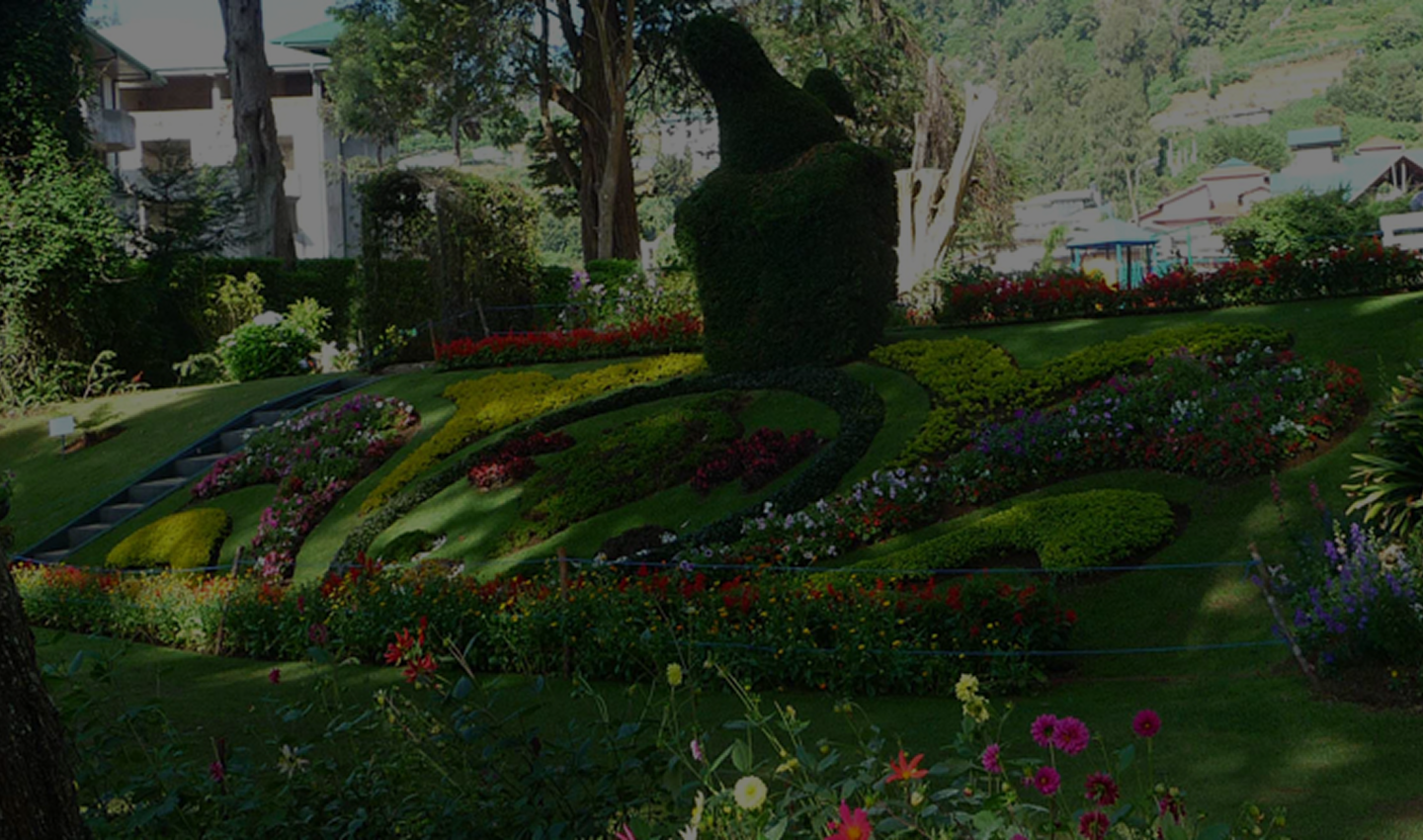
Victoria Park
This city park was named after Queen Victoria in 1897 to commemorate her 60th jubilee coronation. An evening walk in this garden can catch you an encounter with the Pied Thrush, Kashmir Flycatcher, Indian Pitta and the Indian Blue Robin besides some endemics.
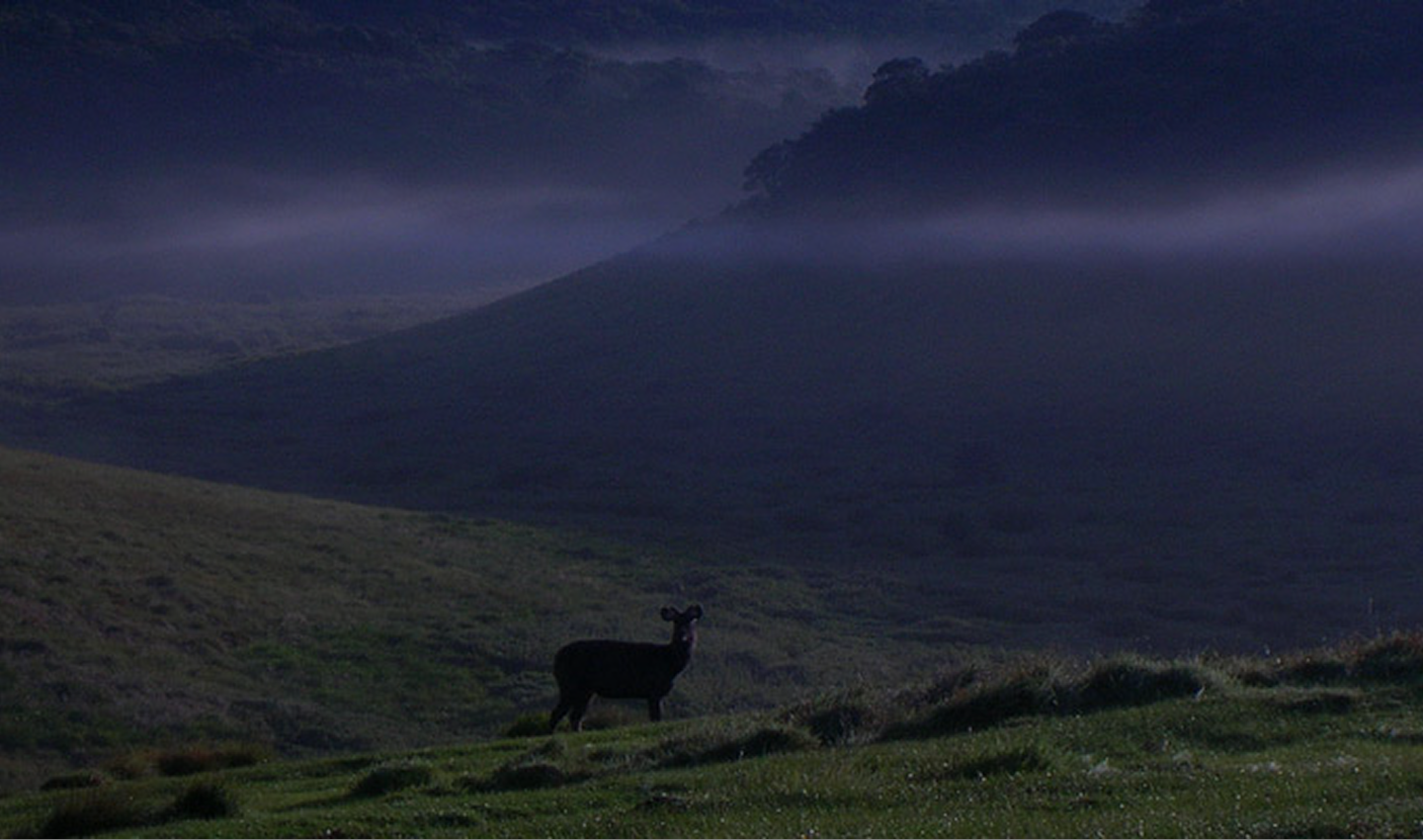
Horton Plains National Park
Preserved for its biological, hydrological and aesthetic values, Horton Plains offers a breathtaking panorama of grassland valleys, high plateaus, mountains crests and forests. Bakers Falls and World’s End are two of this area’s not-to-be-missed viewpoints.It consists of ecosystems such as Montane evergreen forests, grasslands, marshy lands and aquatic ecosystem. At an altitude of 2,100 meters above sea level, Horton Plains spreads across over 3,169 hectares of the highest tableland of the island.
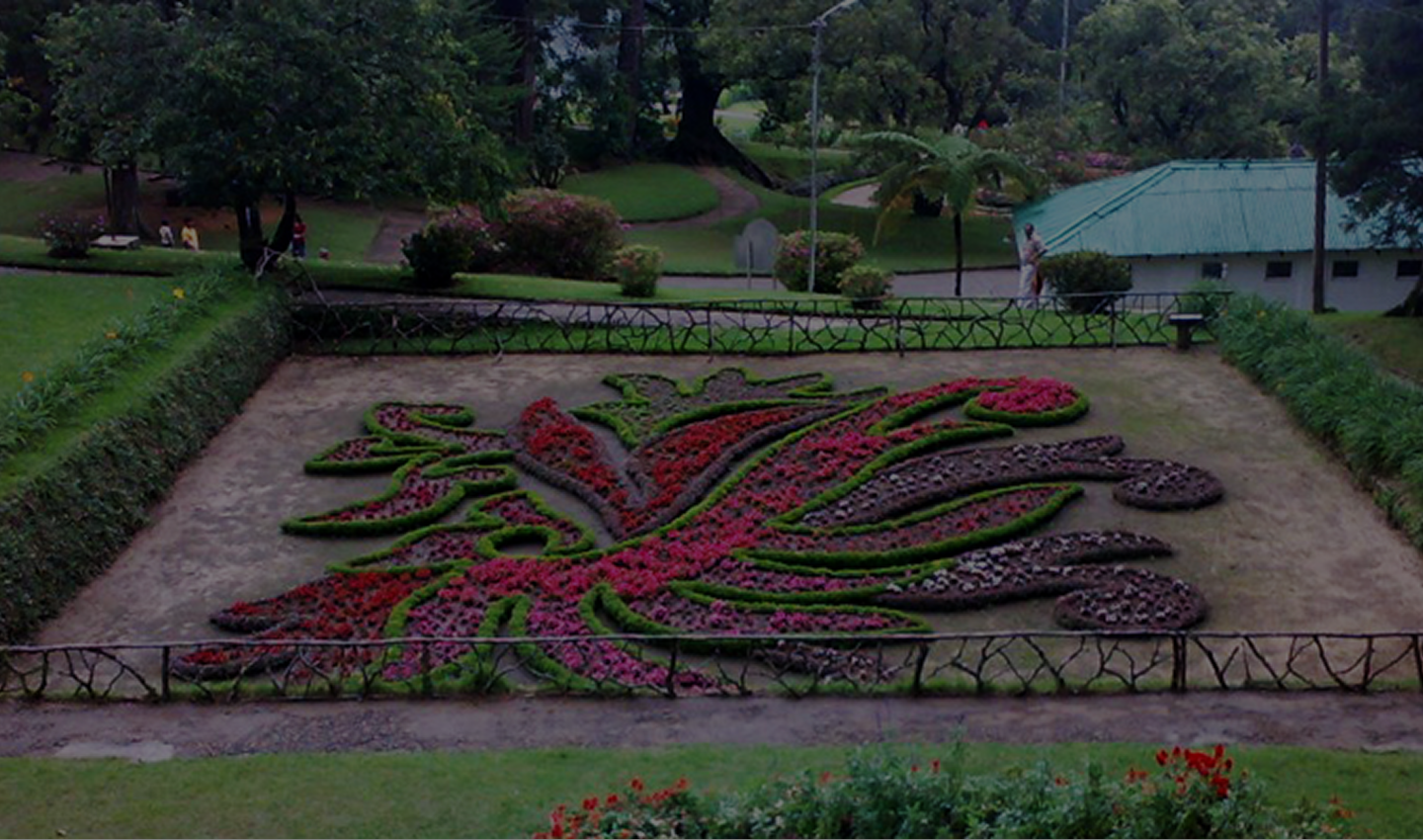
Hakgala Gardens
The garden was established in 1861 as an experimental cultivation of Cinchona, a commercial crop thriving at the time. Once after the Tea replaced the Cinchona, it was turned into an experimental Tea cultivation. In 1884 it transformed to a garden. Since then many sub-tropical and some temperate plants were planted in the gardens. There are over 10,000 species of flora planted here and during the spring season in Nuwara Eliya thousands of visitors come to see the blooms here. Numbers of annual visitors are around 500,000. The garden is famous for number of species of Orchids and Roses planted there.
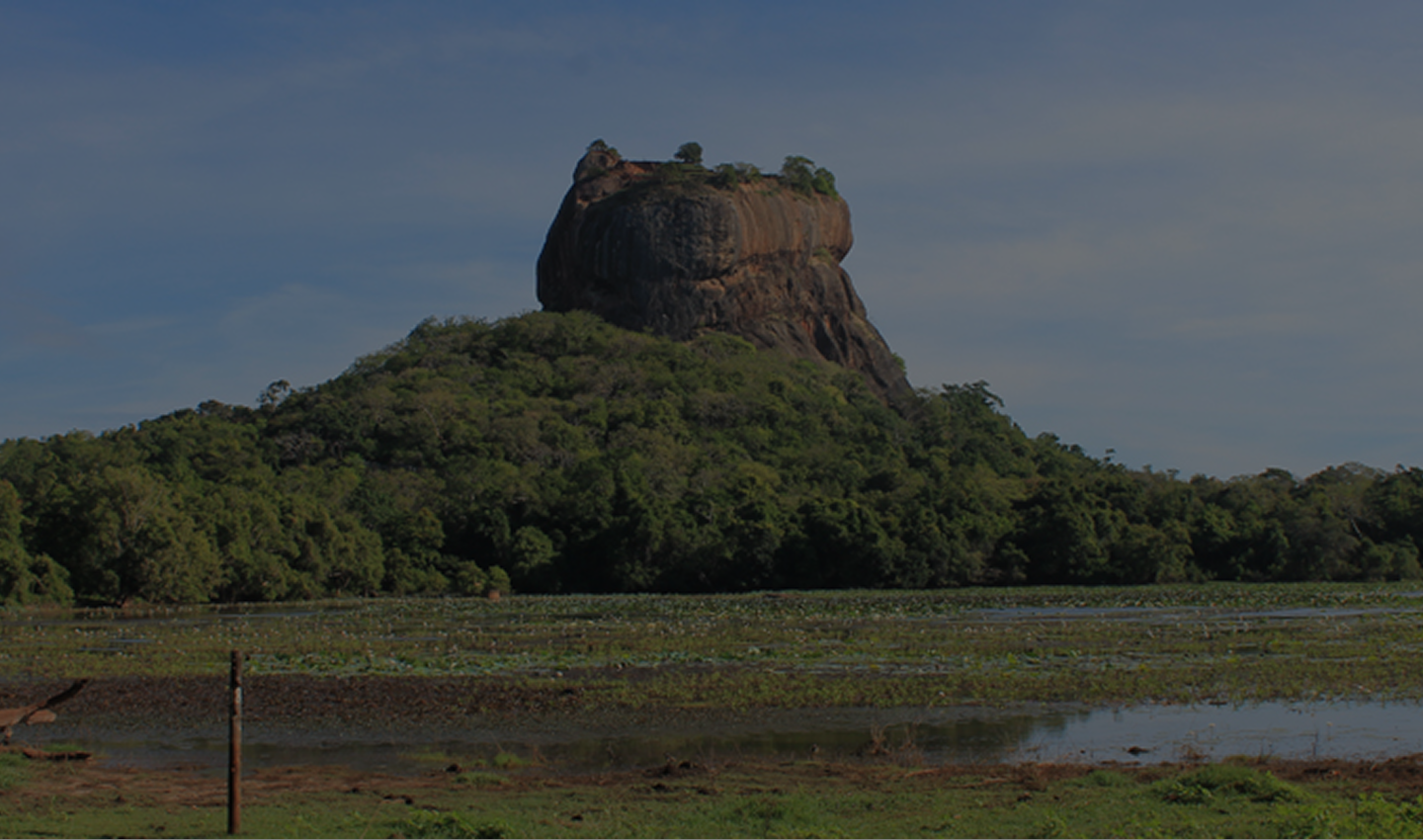
Sigiriya Sanctuary
King Kashyapa built his rock fortress in the 5th century so as to have a bird’s eye view of approaching enemies. Today, from its summit it is birds and wildlife the intrepid visitor sees. Surrounded on all sides by vast man-made water tanks, Sigiriya is rich in interesting species. From the Asian elephant to a local race of the peregrine falcon, this site never fails to surprise and enchant.
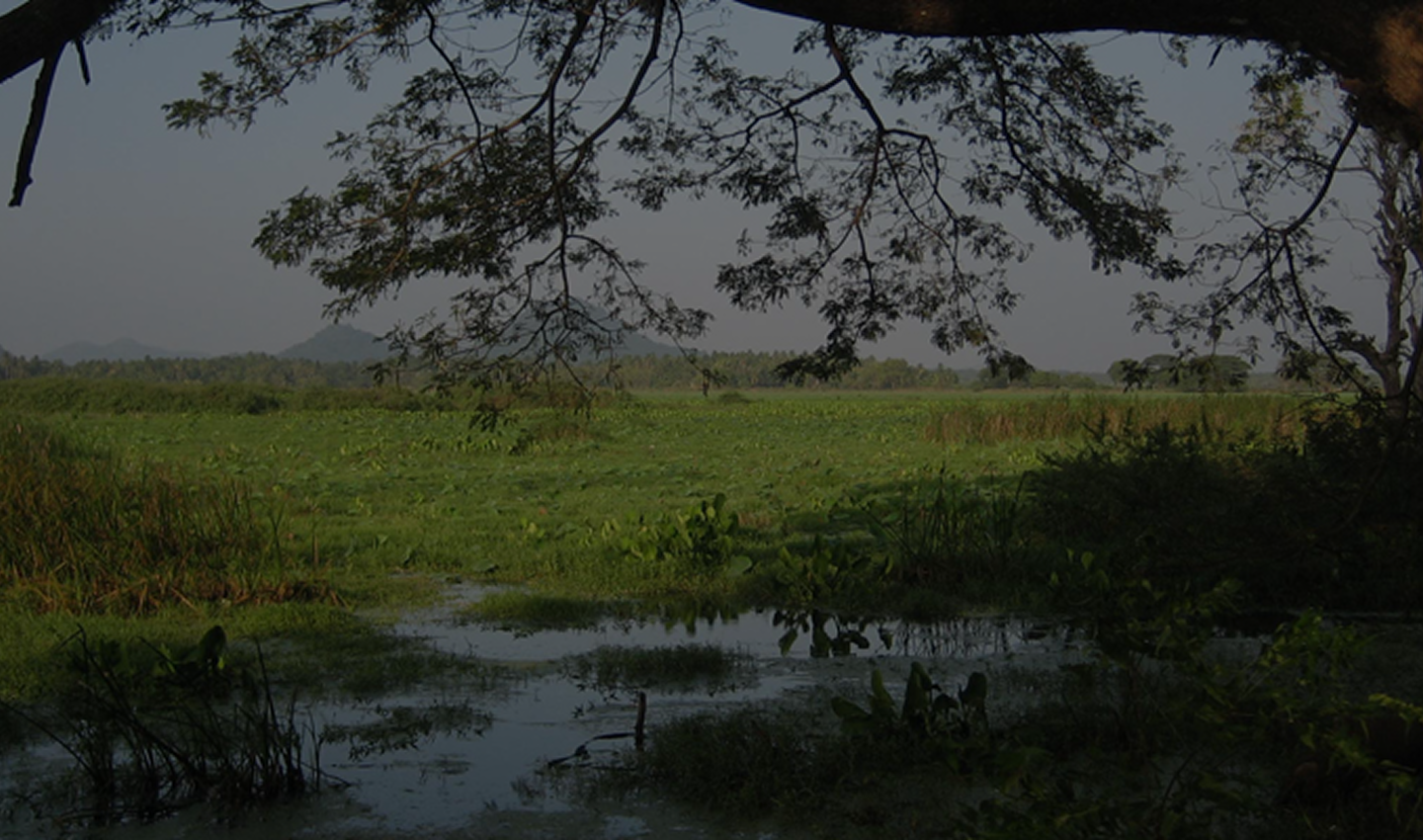
Tissamaharama Wetlands
Tissamaharama in ancient times was the epicenter of irrigation and cultivation. The man made Tissa wewa is a part of the sophisticated irrigation system that still prevails to this day. This first century constructions are home to large number of water fowls and migrant waders.
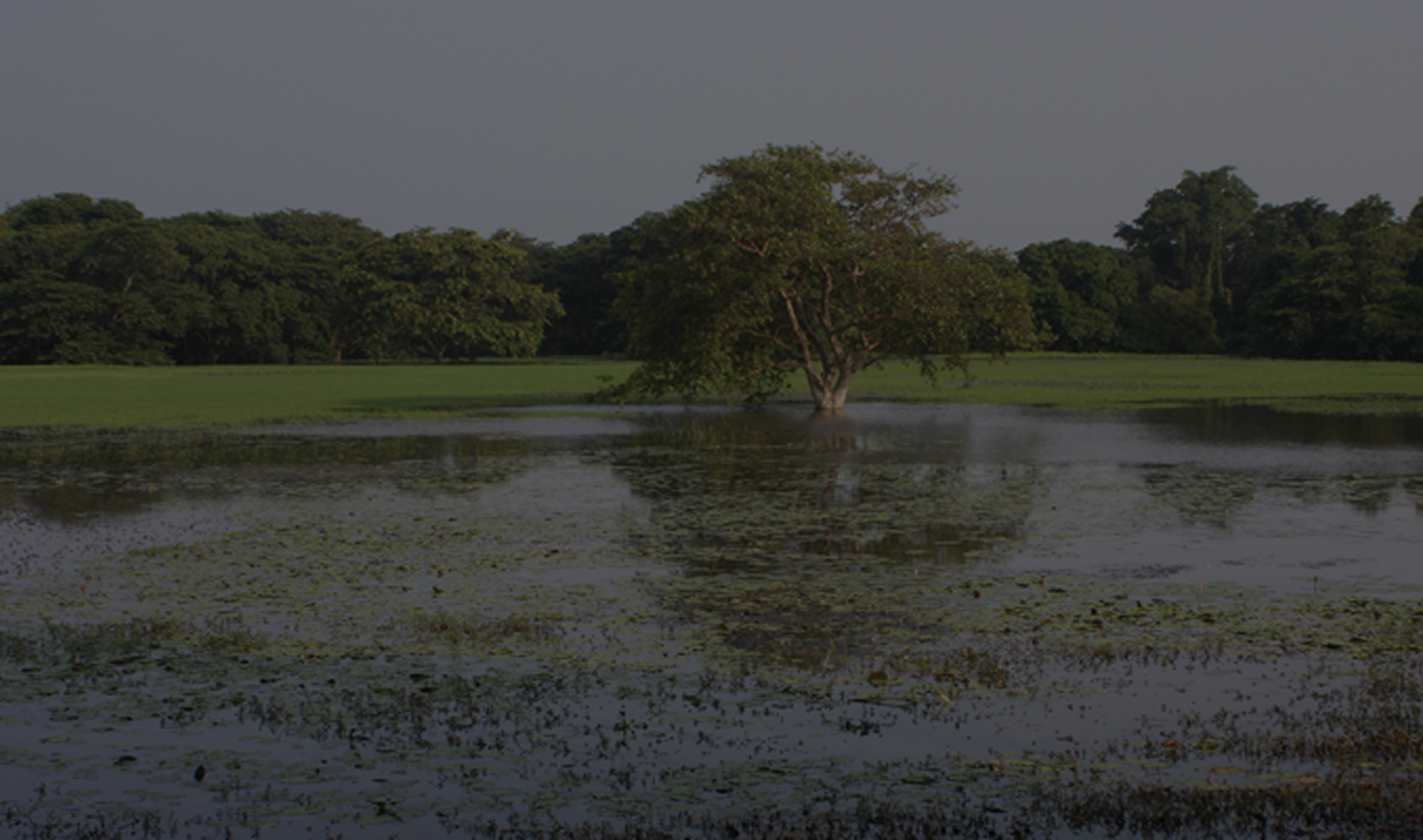
Anawilundawa Sanctuary
This sanctuary is 1,397 hectares in extent. It is primarily a complex of large tanks and adjoining forest. The largest of the tanks holds a large breeding colony of Herons and other water birds mainly during the months of April – June. The dominant species is the Openbill but Great Cormorant, White Ibis and a whole host of other species breed here. A walk on the bund of this tank will permit one to get close to the breeding colony. During the season many species of migrants can also be observed here. A spotting scope would add much value to get the most out of this locality.
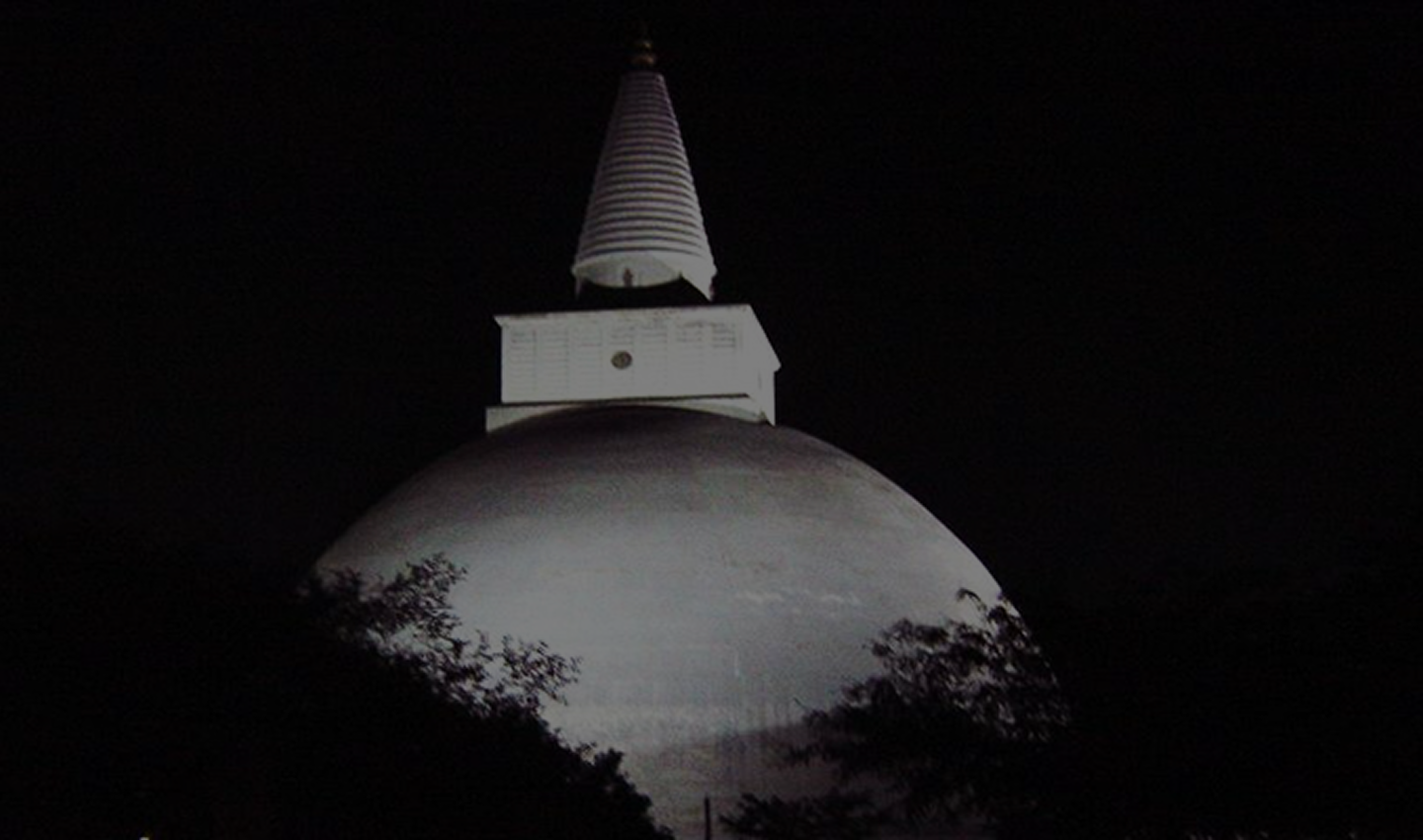
Anuradhapura Sacred City
This sacred city was established around a cutting from the ‘tree of enlightenment’, the Buddha’s fig tree, brought there in the 3rd century B.C. by Sanghamitta, the founder of an order of Buddhist nuns. Anuradhapura, a Ceylonese political and religious capital that flourished for 1,300 years, was abandoned after an invasion in 993. Hidden away in dense jungle for many years, the splendid site, with its palaces, monasteries and monuments, is now accessible once again.
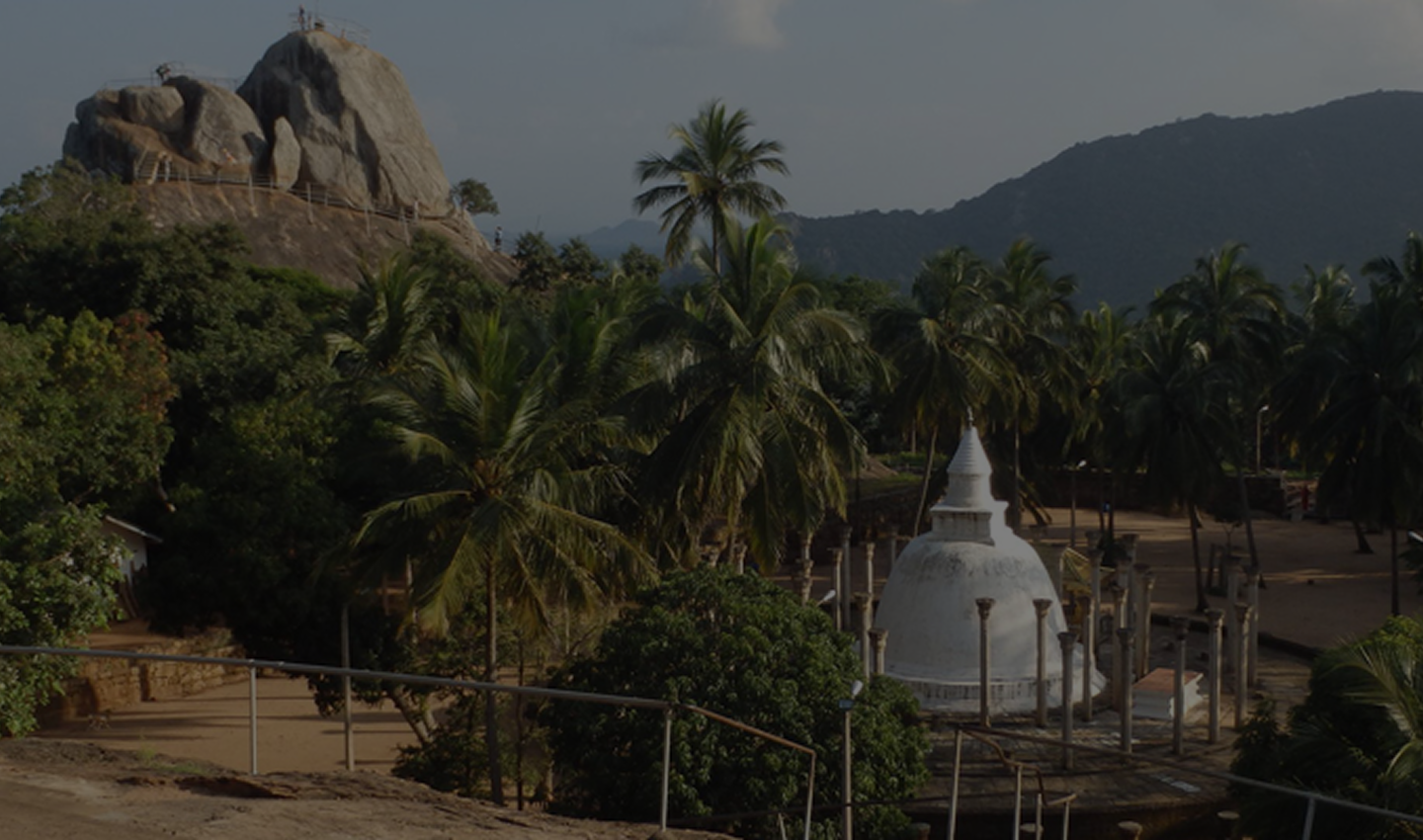
Mihintale
Mihintale is a mountain peak near Anuradhapura in Sri Lanka. It is believed by Sri Lankans to be the site of a meeting between the Buddhist monk Mahinda and King Devanampiyatissa which inaugurated the presence of Buddhism in Sri Lanka. It is now a pilgrimage site, and the site of several religious monuments and abandoned structures.
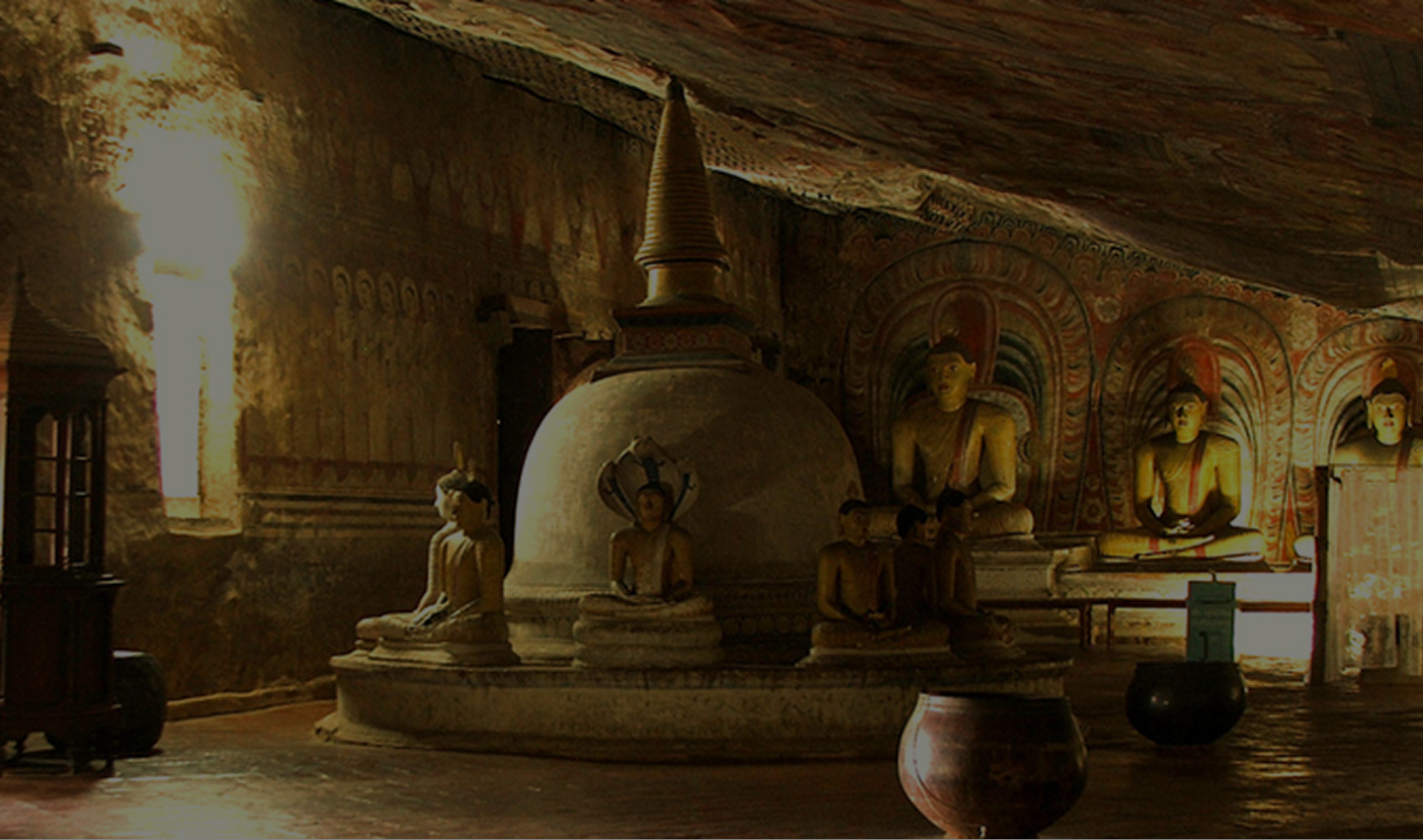
Dambulla
Dambulla is situated in the Matale District, Central Province of Sri Lanka, 148 km north-east of Colombo and 72 km north of Kandy. Due to its location as a major junction, it’s the center of vegetable distribution in the country. Major attractions of the area include the largest and best preserved cave temple complex of Sri Lanka, and the Rangiri Dambulla International Stadium, famous for being built in just 167 days. The area also boasts the largest rose quartz mountain range in South Asia, and the Iron wood forest, or Na Uyana Aranya.
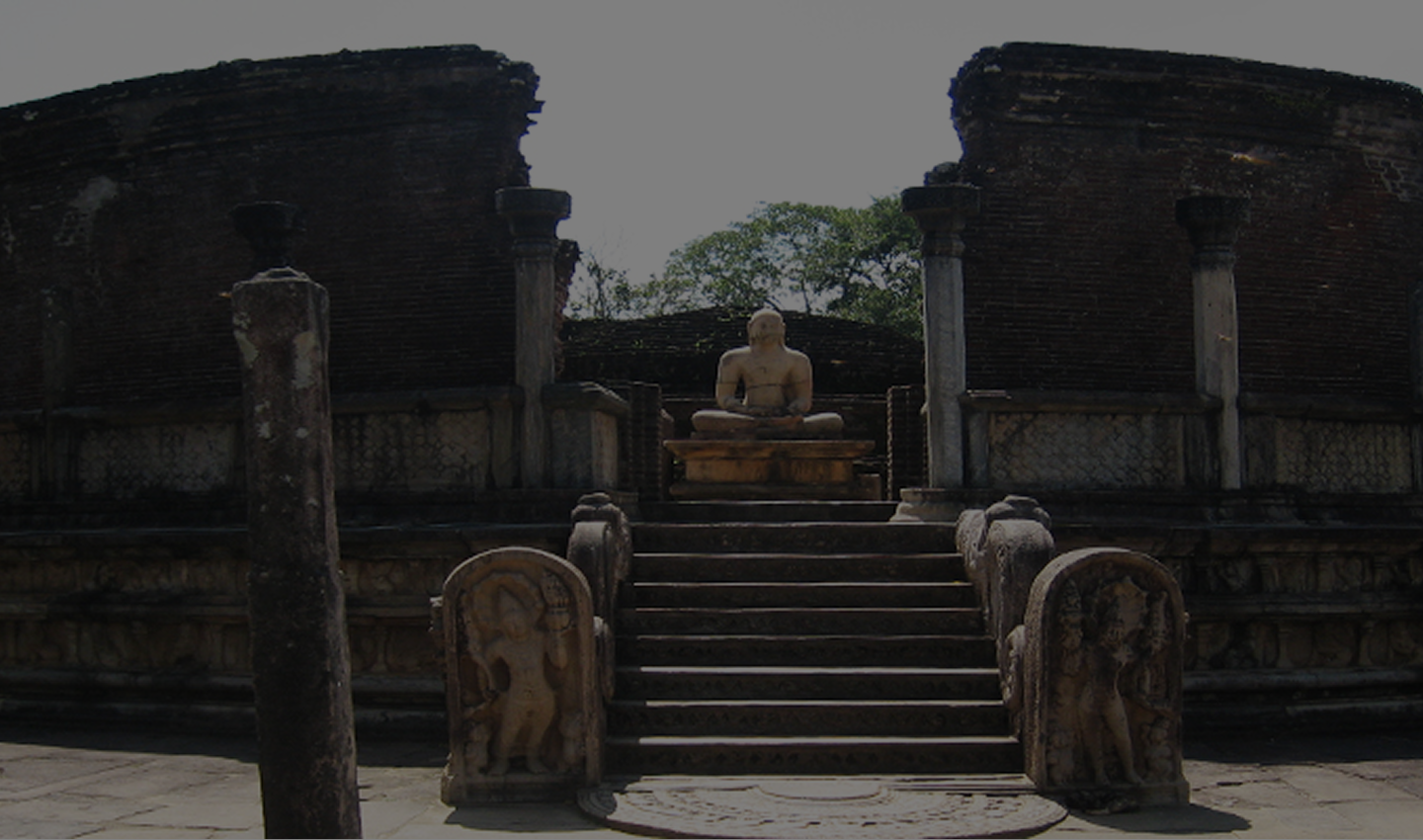
Polonnaruwa
Another UNESCO world heritage site, according to the chronicles of the 12th century, a prince of great mental and physical vigor hailing from Rohana (Southern part of Sri Lanka) forced his way to the throne of Sri Lanka as King Parakrama Bahu the great. Establishing himself in Polonnaruwa, a capital worthy of authority and ambition of the ruler, he proceeded to show himself as a successful warrior and a great administrator, during which time he, through a medium of a dam nine miles long created the “The Sea of Parakrama” harvesting rain water to be used in the dry period of the year for cultivation purposes, carving the irrigation brilliance of Sri Lankan’s in stone when most of Europe where still in darkness.
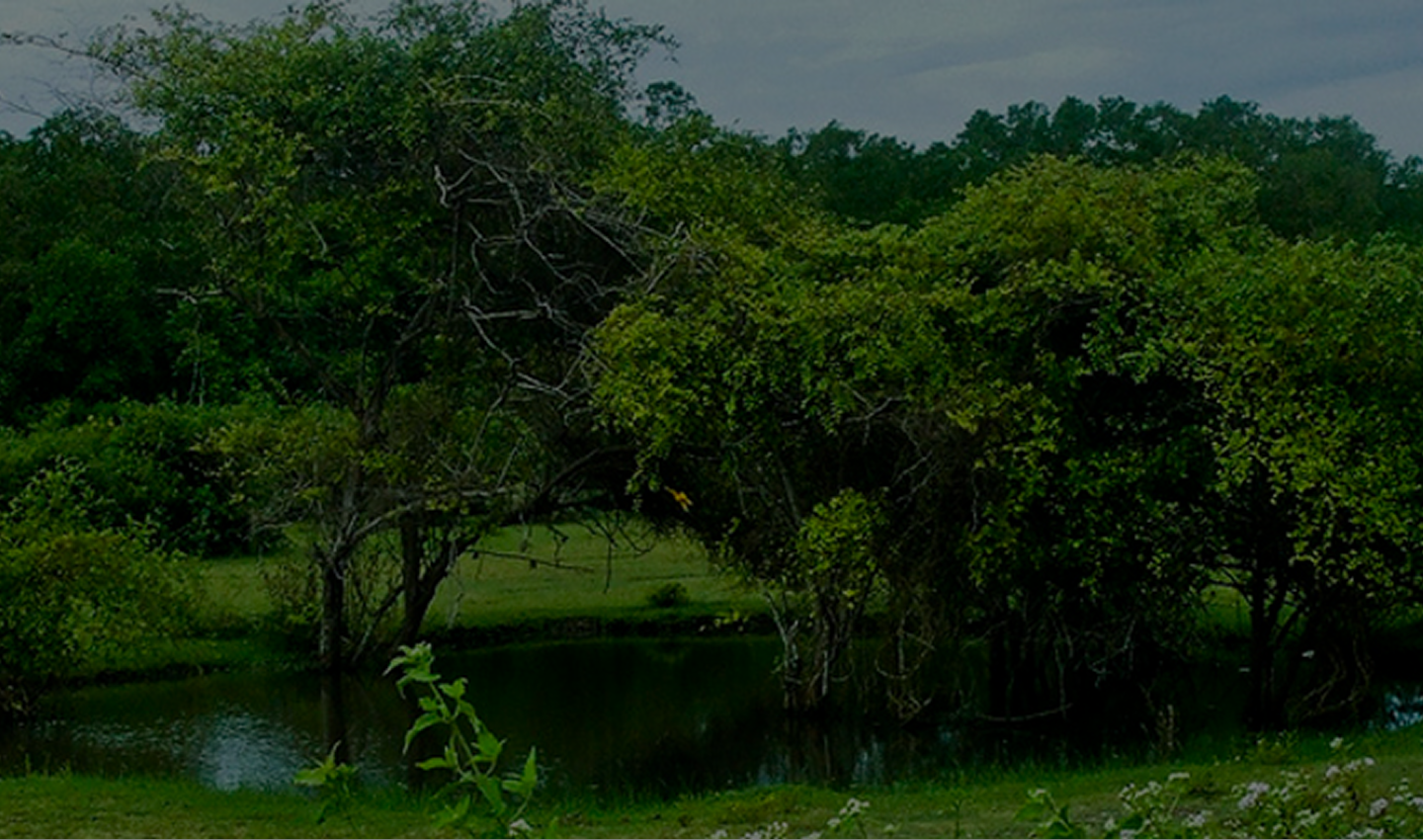
Kalametiya Bird Sanctuary
This small yet diverse habitat is an important site for many migratory birds. This sanctuary compromises of reed mashes, brackish water lagoons, scrub land, mangrove forests and open patches.
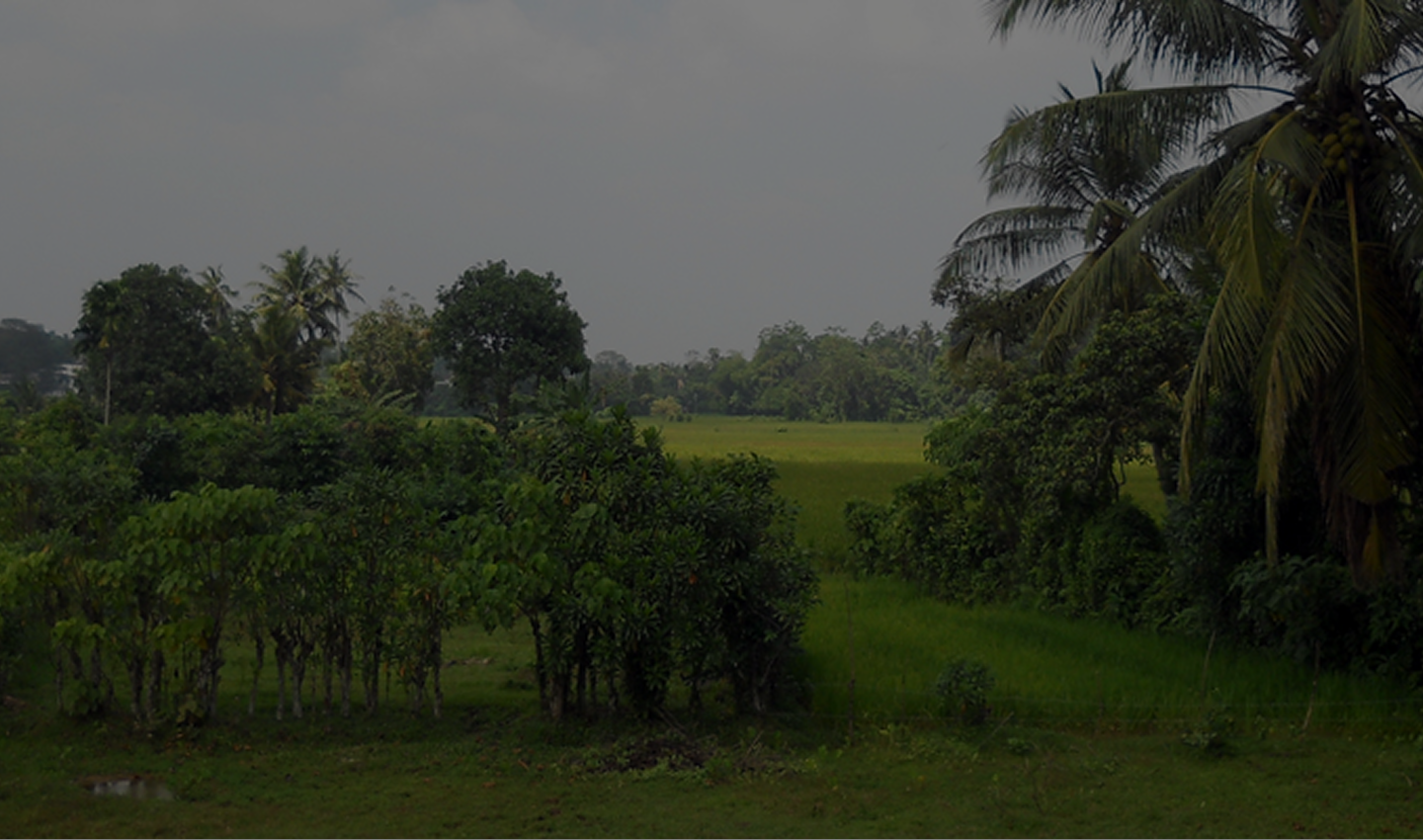
Thalangama Tank & Marshes
This area consists of a large tank, marshes, ponds, well wooded lands and a series of paddy fields with motorable roads through the area. The area can be explored on foot as well as by a vehicle. Many migrant waders as well as some forest birds can be seen here, particularly, during the beginning and end of the migrant season. It is a popular site among birders due to its proximity to Colombo.

Mirissa
Mirissa and its breathtaking sandy beach pretty much transform your dreams and visions of a tropical paradise into an everyday reality. Located close to the Southern tip of the Island of Sri Lanka and only about 200 km from the Equator, this secluded crescent shaped beach is the perfect place to sit back, relax and forget about all the hustle and bustle of your other life that’s a million miles away.

Kitulgala Forest Reserve
Home to many endemic fauna and flora of Sri Lanka, this secondary rainforest is the guardian of the mighty Kelani River. If you are looking for Sri Lankas most sought bird the Serendib Scops-Owl then this is the location for you. Apart from fauna and flora Kitulgala is the number one spot for white water rafting for the adventure seeker.

Sinharaja Rain-forest
The treasure chest of biodiversity and endemism, Sinharaja is the last remnant of a lowland virgin rain-forest in whole of south Asia. Constantly under the threat urbanization this beautiful rain-forest has stood its ground and has become one of Sri Lanka’s most sought rain-forest for the diverse rain-forest birds and the islands endemics.

Yala National Park
Yala is among the oldest and best known National Park in Sri Lanka. It is about 1297 sqkm or 129,700 ha. It is the largest accumulation of protected areas in the country. The diverse ecosystems ranging from Moist Monsoon Forest , to Dry Monsoon Forests, Semi Deciduous Forests, Thorn forests, Grasslands, fresh water & marine wetlands, and sandy beaches, possesses a large number of important plant species and smaller animals.

Wilpattu National Park
Wilpattu National Park (Willu-pattu; Land of Lakes) is a park located in the Northwest coast lowland dry zone of Sri Lanka. . The unique feature of this park is the existence of “Willus” (Natural lakes) – Natural, sand-rimmed water basins or depressions that fill with rainwater. The park is 131, 693 hectares and ranges from 0 to 152 meters above sea level. Nearly sixty lakes (Willu) and tanks are found spread throughout Wilpattu. Wilpattu is the largest and one of the oldest National Parks in Sri Lanka

Udawalawe National Park
The land of the elephants, Udawalawe’s mountains look down on the vast spreading reservoir which is home to many fauna and flora. This beautiful landscape is a sanctuary for wild animals which were displaced during the construction of the Udawalawe reservoir.

Kandy
Kandy, the last royal capital of Sri Lanka is a major tourist destination. Famous for the Temple of the Tooth and many other temples the city could be called the cultural capital of the island. Kandy Perahera, the pageant of the temple of tooth where Buddha’s tooth is kept is held either in July or August each year to parade the golden casket is a must see itinerary if one is visiting Sri Lanka during these months. The final night procession is the most spectacular event of the country. More than 50 elephants parade the city accompanied by the drummers, dancers and chieftains.

Wasgamuwa
The accelerated Mahaveli Development Project resulted in the clearing of vast areas of forest and thus depriving many species of wild life of its homelands. This park was established to conserve the bio diversity of this area which was affected by this project. It was declared as a National Park in August 1984 and the total area of the park is 33,766 hectares. The vegetation is tropical dry mixed evergreen forest with large open plains.

Royal Botanical Gardens, Peradeniya
Site of the world-famous National Herbarium and sanctuary for over 4000 plant species, this historic garden, established in 1821, covers 147 acres in the old royal capital of Kandy. This popular public park is bordered on one side by the University Of Peradeniya and on the other by the Mahaweli River.

Udawattakele Sanctury
104 hectares of this forest has been declared as a sanctuary and is protected as a Forest Reserve by the Forest Department. This is a very popular site with the birders in Kandy area. This is a tall, wet evergreen forest. The lake within the sanctuary attracts many species of birds that feed on fish.

Victoria Park
This city park was named after Queen Victoria in 1897 to commemorate her 60th jubilee coronation. An evening walk in this garden can catch you an encounter with the Pied Thrush, Kashmir Flycatcher, Indian Pitta and the Indian Blue Robin besides some endemics.

Horton Plains National Park
Preserved for its biological, hydrological and aesthetic values, Horton Plains offers a breathtaking panorama of grassland valleys, high plateaus, mountains crests and forests. Bakers Falls and World’s End are two of this area’s not-to-be-missed viewpoints.It consists of ecosystems such as Montane evergreen forests, grasslands, marshy lands and aquatic ecosystem. At an altitude of 2,100 meters above sea level, Horton Plains spreads across over 3,169 hectares of the highest tableland of the island.

Hakgala Gardens
The garden was established in 1861 as an experimental cultivation of Cinchona, a commercial crop thriving at the time. Once after the Tea replaced the Cinchona, it was turned into an experimental Tea cultivation. In 1884 it transformed to a garden. Since then many sub-tropical and some temperate plants were planted in the gardens. There are over 10,000 species of flora planted here and during the spring season in Nuwara Eliya thousands of visitors come to see the blooms here. Numbers of annual visitors are around 500,000. The garden is famous for number of species of Orchids and Roses planted there.

Sigiriya Sanctuary
King Kashyapa built his rock fortress in the 5th century so as to have a bird’s eye view of approaching enemies. Today, from its summit it is birds and wildlife the intrepid visitor sees. Surrounded on all sides by vast man-made water tanks, Sigiriya is rich in interesting species. From the Asian elephant to a local race of the peregrine falcon, this site never fails to surprise and enchant.

Tissamaharama Wetlands
Tissamaharama in ancient times was the epicenter of irrigation and cultivation. The man made Tissa wewa is a part of the sophisticated irrigation system that still prevails to this day. This first century constructions are home to large number of water fowls and migrant waders.

Anawilundawa Sanctuary
This sanctuary is 1,397 hectares in extent. It is primarily a complex of large tanks and adjoining forest. The largest of the tanks holds a large breeding colony of Herons and other water birds mainly during the months of April – June. The dominant species is the Openbill but Great Cormorant, White Ibis and a whole host of other species breed here. A walk on the bund of this tank will permit one to get close to the breeding colony. During the season many species of migrants can also be observed here. A spotting scope would add much value to get the most out of this locality.

Anuradhapura Sacred City
This sacred city was established around a cutting from the ‘tree of enlightenment’, the Buddha’s fig tree, brought there in the 3rd century B.C. by Sanghamitta, the founder of an order of Buddhist nuns. Anuradhapura, a Ceylonese political and religious capital that flourished for 1,300 years, was abandoned after an invasion in 993. Hidden away in dense jungle for many years, the splendid site, with its palaces, monasteries and monuments, is now accessible once again.

Mihintale
Mihintale is a mountain peak near Anuradhapura in Sri Lanka. It is believed by Sri Lankans to be the site of a meeting between the Buddhist monk Mahinda and King Devanampiyatissa which inaugurated the presence of Buddhism in Sri Lanka. It is now a pilgrimage site, and the site of several religious monuments and abandoned structures.

Dambulla
Dambulla is situated in the Matale District, Central Province of Sri Lanka, 148 km north-east of Colombo and 72 km north of Kandy. Due to its location as a major junction, it’s the center of vegetable distribution in the country. Major attractions of the area include the largest and best preserved cave temple complex of Sri Lanka, and the Rangiri Dambulla International Stadium, famous for being built in just 167 days. The area also boasts the largest rose quartz mountain range in South Asia, and the Iron wood forest, or Na Uyana Aranya.

Polonnaruwa
Another UNESCO world heritage site, according to the chronicles of the 12th century, a prince of great mental and physical vigor hailing from Rohana (Southern part of Sri Lanka) forced his way to the throne of Sri Lanka as King Parakrama Bahu the great. Establishing himself in Polonnaruwa, a capital worthy of authority and ambition of the ruler, he proceeded to show himself as a successful warrior and a great administrator, during which time he, through a medium of a dam nine miles long created the “The Sea of Parakrama” harvesting rain water to be used in the dry period of the year for cultivation purposes, carving the irrigation brilliance of Sri Lankan’s in stone when most of Europe where still in darkness.

Kalametiya Bird Sanctuary
This small yet diverse habitat is an important site for many migratory birds. This sanctuary compromises of reed mashes, brackish water lagoons, scrub land, mangrove forests and open patches.

Thalangama Tank & Marshes
This area consists of a large tank, marshes, ponds, well wooded lands and a series of paddy fields with motorable roads through the area. The area can be explored on foot as well as by a vehicle. Many migrant waders as well as some forest birds can be seen here, particularly, during the beginning and end of the migrant season. It is a popular site among birders due to its proximity to Colombo.
